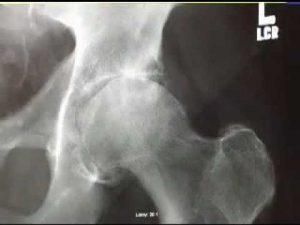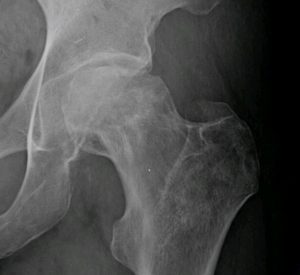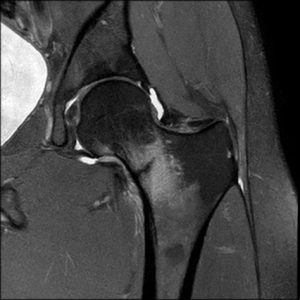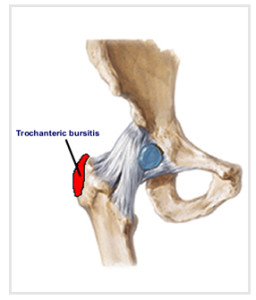HIP CONDITIONS
Hip Conditions
Hip Osteoarthritis

Hip osteoarthritis is a degenerative process by which the joint surfaces become worn in time. Initially the pain can be intermittent and the patient can experience some limping that at first is only noticeable to friends and family. The pain can be more noticeable at night and when getting up from a sitting position. Interestingly, the pain is commonly felt in the groin and at times it can feel to spread to the knee.
As the arthritis becomes worse, the joint can become more painful and stiff and the limping can be more noticeable. This can also affect walking distance and can also disturb your sleep. With further deterioration of the joint, there can be bone-on-bone rubbing which can cause creaking and further pain. Most patients do not wait this long before seeking orthopaedic advice or having the joint replaced.
Rheumatoid Arthritis

Rheumatoid arthritis of the hip belongs to a family of conditions called inflammatory arthritis. The main problem within the joint is its erosion and destruction as a result of an aggressive inflammatory process that affects the soft tissues within the joint.
The symptoms can be very similar to those of hip osteoarthritis although there may be a greater element of stiffness. When the various modalities of medical treatments are no longer effective, a hip replacement offers good pain relief and can improve quality of life.
Hip Avascular Necrosis

Avascular necrosis (AVN) of the hip is a result of lack of blood supply to the bone of the femoral head causing it to become very painful. It can affect many areas of the skeleton but its consequences are more devastating when it affects the hip joint. As the condition progresses and the dead bone becomes soft, there can be collapse of the femoral head.
On many occasions, the causes cannot be identified, but the condition can be related to prolonged exposure to steroids that may be needed to treat other disorders, alcohol abuse, and metabolic and medical disorders. There are different stages to the condition with associated treatments. These may include medicines to help with the condition, decompression of the bone and hip replacement surgery in very advanced cases.
Stress Fractures of the Hip

Stress fractures can result from repetitive compression forces on a bone causing micro-fractures which can lead to a fracture. They are particularly concerning when they occur in the hip joint. Whilst generally the fragments maintain alignment, it can be disastrous for the hip if the fragments were to displace.
Long distance runners and individuals taking part in high impact sports are potentially at risk. Patients can feel discomfort or pain in the groin during activities which is relieved by rest.
Treatment modalities include medical and, at times, surgical intervention.
Trochanteric Bursitis

The greater trochanter is the bony prominence on the outside of the hip that the general population calls “the hip”. It is actually outside the hip joint cavity. It has a “bursa” which is a small fluid filled sac which serves as lubrication in order to avoid painful friction of the overlying
However, on certain circumstances it can cause severe pain at the tip or just behind this bony prominence.


